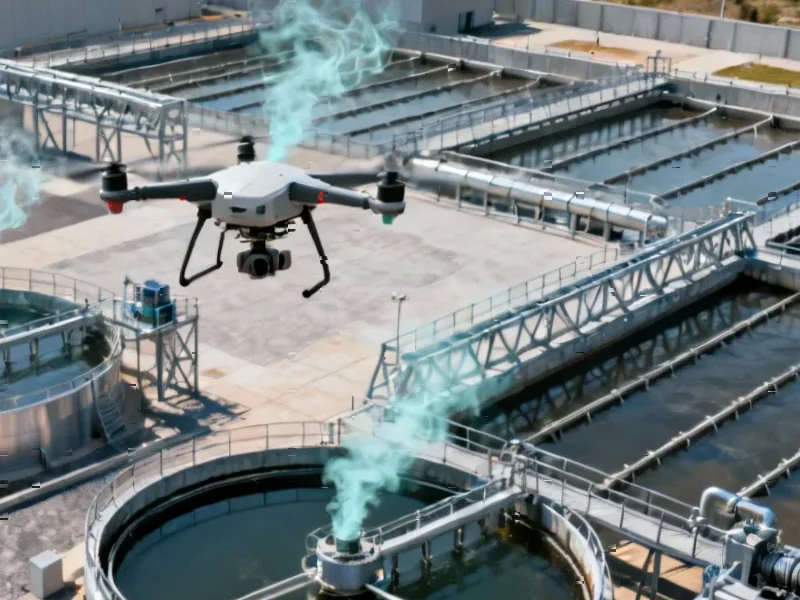According to Phys.org, researchers at National Taiwan University have demonstrated that soil microbial fuel cells (SMFCs) and plant microbial fuel cells (PMFCs) can generate electricity while reducing greenhouse gas emissions from both normal and salinized soils. The study, published in the Journal of Cleaner Production, found that these systems convert organic matter in soil or from plant photosynthesis into electrical energy through electrochemically active microorganisms. In salinized soils common in southern Taiwan, PMFCs showed gradually increasing voltage after several months of cultivation and reduced soil conductivity, while both technologies demonstrated different methane reduction effects depending on soil conditions. The research indicates significant potential for addressing both energy generation and environmental challenges simultaneously.
The Dual-Benefit Breakthrough
What makes this research particularly compelling is how it transforms soil from a passive environmental component into an active energy and remediation system. While microbial fuel cell technology has been primarily confined to wastewater treatment facilities, this study demonstrates how the same principles can be applied to agricultural and degraded lands. The ability to generate electricity while simultaneously reducing methane emissions represents a rare win-win scenario in environmental technology. For farmers and land managers, this means potentially turning unproductive or problematic land into energy-producing assets while improving soil health.
Addressing the Salinization Crisis
The implications for agricultural regions facing soil degradation are substantial. Soil salinization affects approximately 1 billion hectares globally, with the problem particularly acute in irrigated agricultural areas. Traditional remediation methods are often energy-intensive and expensive, making PMFC technology particularly attractive since it generates energy rather than consuming it. The gradual voltage increase observed in salinized soils suggests that the microbial communities adapt over time, creating a self-sustaining system that improves as it operates. This could revolutionize how we approach soil restoration in regions where traditional agriculture has become challenging due to salt accumulation.
Practical Implementation Challenges
While the technology shows promise, scaling from laboratory research to field applications presents significant hurdles. The electrical output from current PMFC systems remains relatively low compared to conventional renewable energy sources, meaning large land areas would be needed for meaningful power generation. Additionally, the long-term stability of these systems in varying environmental conditions remains unproven. Maintenance requirements, electrode durability, and the potential need for specialized microbial inoculants could complicate widespread adoption. For farmers considering this technology, the initial investment and technical expertise required might be barriers without clear economic incentives or government support programs.
Carbon Credit and Economic Potential
The methane reduction aspect of this technology opens up interesting economic possibilities beyond simple electricity generation. As carbon credit markets mature and expand, systems that can verifiably reduce greenhouse gas emissions could generate significant revenue streams. The differential performance of SMFCs and PMFCs in various soil conditions suggests that customized solutions could be developed for specific agricultural contexts. This creates opportunities for agricultural technology companies to develop turnkey systems that farmers could install with minimal technical expertise, potentially creating a new market segment at the intersection of agriculture, energy, and environmental services.
Future Research Directions
The unanswered questions in this research point to several promising avenues for further investigation. The mechanism behind reduced soil conductivity in salinized soils using PMFCs warrants deeper study, as understanding this process could lead to more effective soil remediation techniques. Researchers should also explore optimizing electrode materials and configurations for different soil types, as well as identifying the most effective plant species for PMFC applications. The potential for integrating these systems with existing agricultural practices, such as irrigation systems or crop rotation patterns, represents another fertile area for investigation that could accelerate real-world adoption.




